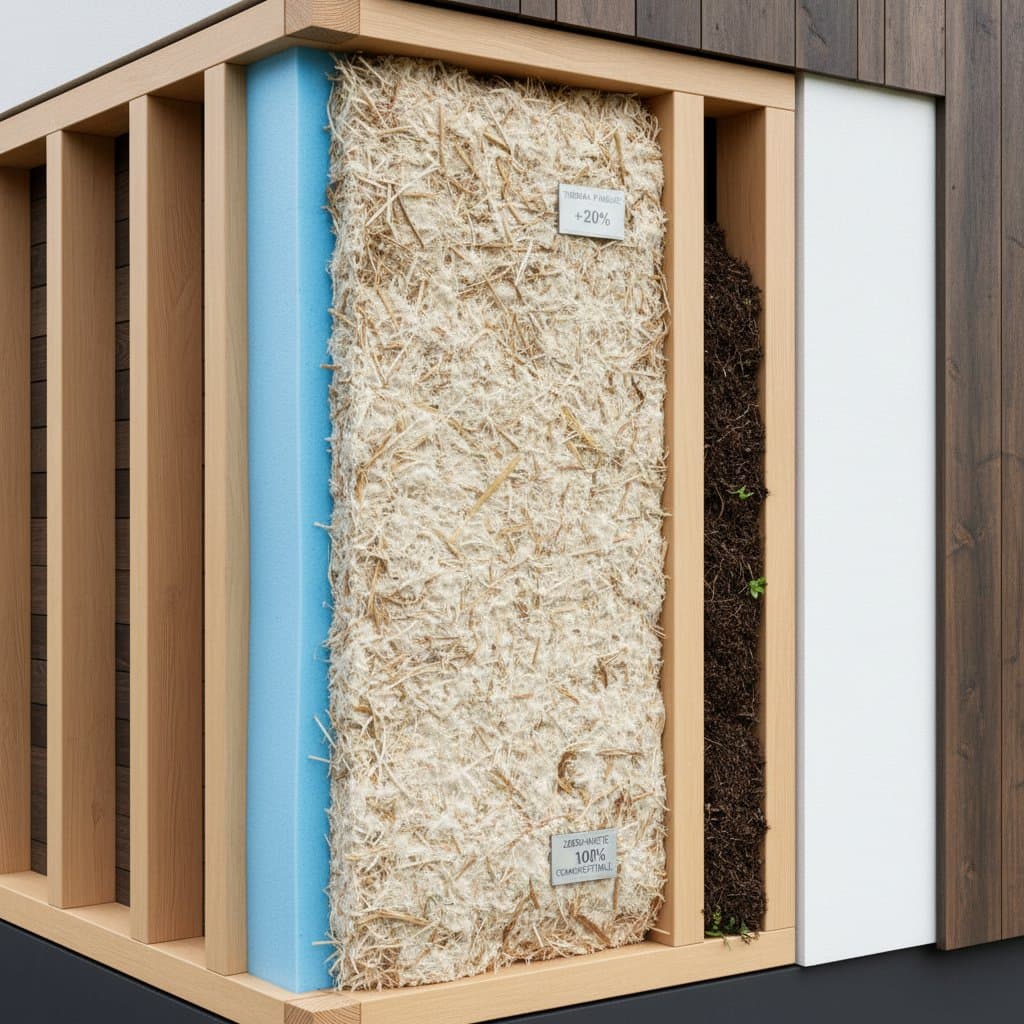Electrifying Homes: Slash Energy Bills by 40 Percent or More
Homeowners seek ways to lower energy costs while improving living conditions. Electrifying a home replaces fossil fuel-based systems with efficient electric alternatives. This transition yields immediate financial benefits and long-term environmental advantages.
Full electrification involves upgrading heating, cooling, cooking, and water heating to electric systems. Modern technologies like heat pumps and induction cooktops operate with precision and minimal waste. As utility grids incorporate more renewables, these systems become even cleaner over time.
The process begins with assessing current energy use. Identify high-consumption areas such as gas furnaces or stoves. Prioritize upgrades based on potential savings and rebate availability. Professional consultations ensure seamless integration and compliance with local standards.
Key Upgrades for Efficiency
Heat pumps serve as versatile solutions for heating and cooling. These systems transfer heat rather than generate it, achieving efficiencies up to three times that of traditional furnaces. Installation costs range from $4,000 to $8,000, depending on home size and existing ductwork.
Induction cooking provides rapid, precise heat control. Unlike gas stoves, induction ranges use electromagnetic fields to heat cookware directly, reducing energy loss. A full induction range costs between $1,000 and $3,000, with models offering built-in ventilation for improved indoor air quality.
Electric water heaters, particularly heat pump models, outperform gas units in efficiency. They extract heat from surrounding air to warm water, using about 60 percent less energy. Expect to invest $1,500 to $3,500, offset by performance during peak demand periods.
Solar-ready electrical panels accommodate future expansions. Upgrading service to 200 amps or more supports increased loads from electrification. Costs vary from $2,000 to $5,000, but enhanced capacity future-proofs the home against rising energy needs.
Calculating Energy Savings
Typical households reduce total energy use by 25 to 50 percent after full electrification. Electricity rates often prove lower than combined gas and electric bills. Payback periods range from seven to ten years, accelerated by federal and state incentives.
For example, a family in a moderate climate might save $1,200 annually on heating alone with a heat pump. Induction cooking eliminates gas line fees and reduces kitchen heat buildup. Track savings through utility apps or smart meters for real-time insights.
Rebates from programs like the Inflation Reduction Act cover up to 30 percent of upgrade costs. Local utilities offer additional credits for efficient installations. Consult databases of incentives to maximize returns on investment.
Environmental and Health Benefits
Switching to electric systems eliminates direct combustion emissions from the home. No more methane leaks from gas appliances or carbon monoxide risks. Indoor air quality improves, benefiting respiratory health for all occupants.
As grids shift toward renewables, indirect emissions decline further. A fully electrified home aligns with global sustainability goals. Over a decade, one household avoids thousands of pounds of carbon dioxide equivalent.
Healthier homes feature quieter operation and consistent temperatures. Heat pumps distribute even warmth without dry air from forced systems. These upgrades contribute to overall well-being and property value appreciation.
Navigating Codes and Installations
Local building codes dictate electrical and efficiency standards. Verify that upgrades meet National Electrical Code requirements for wiring and grounding. Permits ensure safe, compliant work.
Choose contractors certified by organizations like ENERGY STAR or the Heat Pump Association. They navigate rebate applications and inspections efficiently. Green building professionals provide warranties and performance guarantees.
Schedule phased installations to minimize disruption. Start with water heating or cooking for quick wins. Full transitions build toward a resilient, all-electric infrastructure.
Frequently Asked Questions
How long does it take to electrify a typical home?
Most homeowners complete the transition over one to three years. Prioritize major systems like heating and water heating first. Each upgrade installs within one to three days once scheduled.
Are electric systems reliable during power outages?
Electric systems depend on grid power. Pair them with battery storage or solar panels for backup. Many heat pumps and induction units connect to batteries for essential functions during outages.
What maintenance do electric appliances require?
Electric systems demand far less upkeep than gas counterparts. Heat pumps require annual filter cleaning and coil inspections. Induction cooktops need only wiping after use.
Do electric systems increase monthly bills?
Electricity use rises initially, but total utility costs decrease due to efficiency gains. Elimination of gas charges offsets higher electric consumption. Monitor bills to adjust habits as needed.
How can I find qualified contractors for electrification projects?
Connect with vetted local professionals specializing in heat pumps, induction systems, and electrical upgrades. They offer free quotes and ensure compliance with codes and rebate programs.
Steps to Start Your Electrification Journey
Begin by auditing your home's energy profile. Gather utility bills and note appliance ages. Contact certified experts for a customized plan.
Apply for rebates early to secure funding. Install one upgrade at a time, starting with high-impact areas. Enjoy reduced bills, enhanced comfort, and a lighter environmental footprint.
Electrification transforms homes into efficient, sustainable spaces. Take the first step today for lasting rewards.









